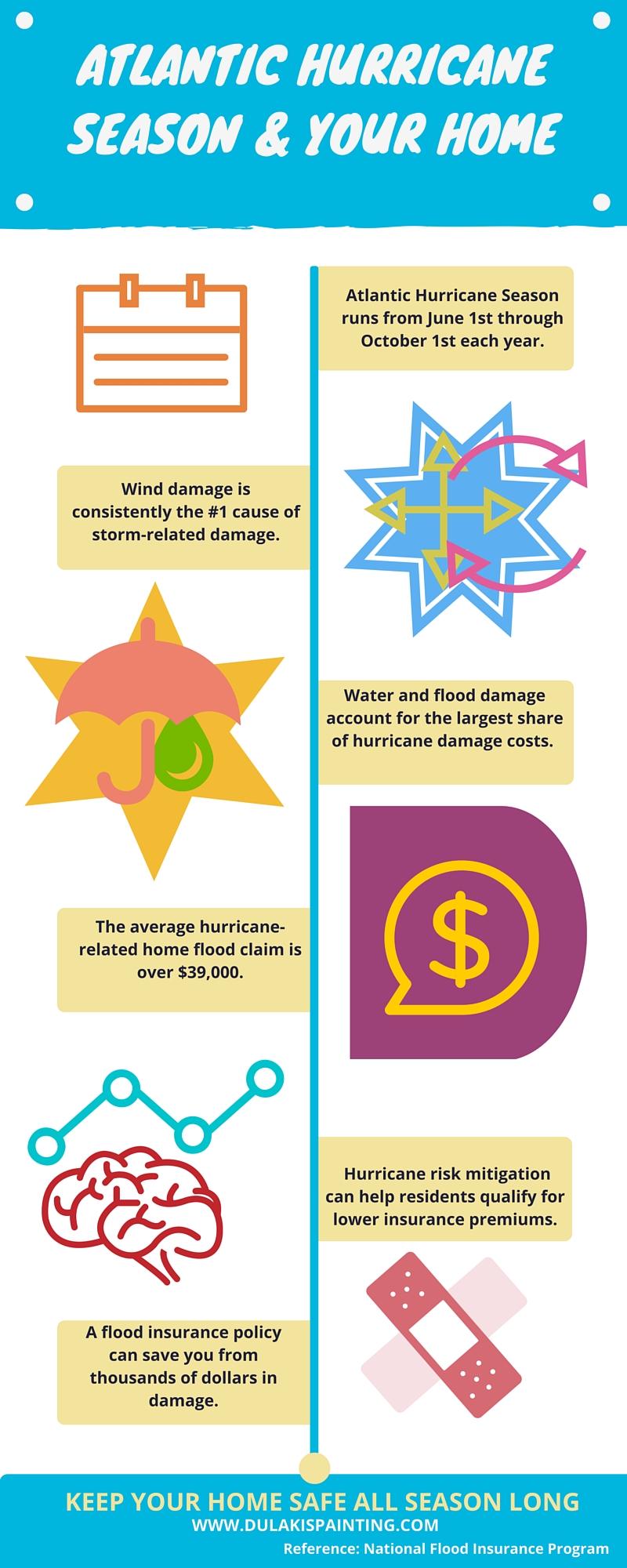Explore The Effect Of Seasonal Aspects On The Efficiency Of Industrial External Paint And Identify The Ideal Times To Achieve Long-Lasting Results For Your Project
Explore The Effect Of Seasonal Aspects On The Efficiency Of Industrial External Paint And Identify The Ideal Times To Achieve Long-Lasting Results For Your Project
Blog Article
Web Content Author-Leach Browne
When you're preparing a commercial external painting task, seasonal variables can make or break your results. You'll wish to think about how temperature and humidity impact paint application and drying out times. Choosing office painters can guarantee your paint sticks correctly and lasts much longer. Yet which seasons are genuinely the most effective for this sort of work? Let's explore the crucial elements that can impact your job's success.
The Effect of Temperature on Paint Application
When you're intending a business outside painting task, the temperature level can considerably influence exactly how well the paint sticks and dries out.
Ideally, you intend to paint when temperatures range in between 50 ° F and 85 ° F. If it's also chilly, the paint may not cure appropriately, bring about problems like peeling or fracturing.
On the other side, if it's too hot, the paint can dry as well swiftly, protecting against proper bond and resulting in an unequal surface.
You ought to additionally consider the moment of day; early morning or late afternoon supplies cooler temperatures, which can be a lot more favorable.
Constantly check the maker's suggestions for the particular paint you're using, as they often give assistance on the suitable temperature range for optimal outcomes.
Moisture and Its Impact on Drying Times
Temperature isn't the only environmental aspect that influences your industrial outside painting job; humidity plays a considerable function too. High humidity levels can decrease drying out times substantially, affecting the total top quality of your paint work.
When the air is filled with dampness, the paint takes longer to heal, which can result in concerns like bad attachment and a greater risk of mildew growth. If you're repainting on a specifically humid day, be gotten ready for extended wait times in between layers.
It's vital to keep track of regional weather and plan appropriately. Preferably, aim for humidity levels between 40% and 70% for ideal drying.
Keeping these factors in mind guarantees your task stays on track and delivers a lasting coating.
Best Seasons for Commercial Outside Paint Projects
What's the best time of year for your business external paint projects?
Spring and very early autumn are usually your best choices. During these seasons, temperatures are light, and humidity degrees are frequently reduced, creating perfect conditions for paint application and drying out.
Avoid summer's intense heat, which can cause paint to completely dry too quickly, bring about poor bond and surface. Similarly, winter season's cool temperatures can hinder correct drying and treating, risking the long life of your paint task.
Aim for days with temperatures between 50 ° F and 85 ° F for optimal results. Remember to check the neighborhood weather prediction for rain, as wet conditions can wreck your task.
Preparation around these factors ensures your paint project runs efficiently and lasts much longer.
Conclusion
In conclusion, preparing your business outside painting projects around seasonal factors to consider can make a considerable distinction in the result. By organizing try this website during the suitable temperatures and humidity degrees, you'll guarantee far better attachment and drying out times. Remember to watch on neighborhood weather forecasts and select the correct time of year-- spring and very early autumn are your best choices. Taking these actions will certainly aid you achieve a sturdy and specialist coating that lasts.
